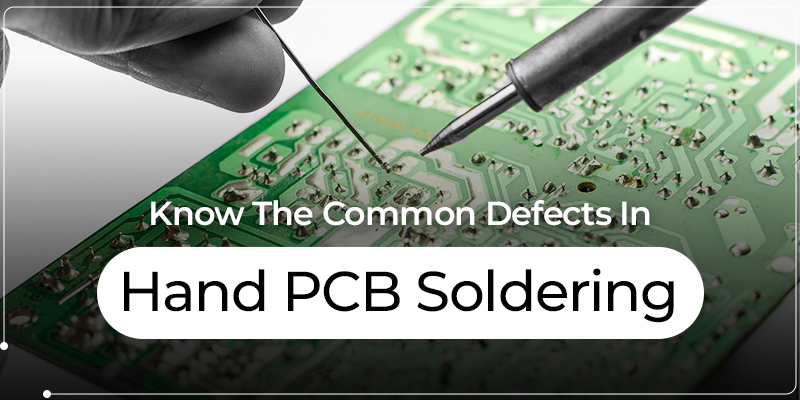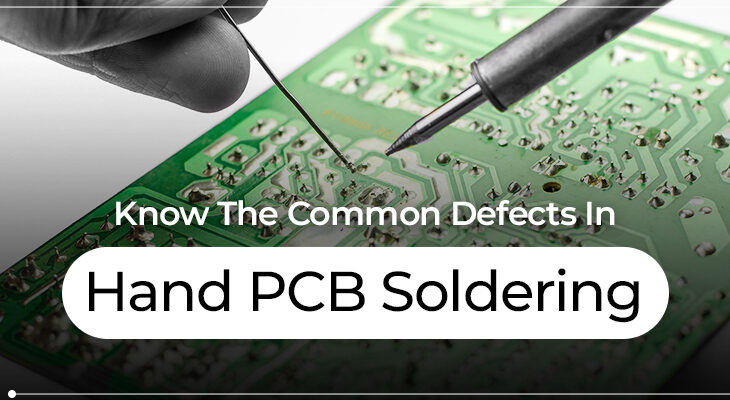
PCB soldering is one of the major processes in PCB design services where the electrical components are connected to the PCB using a metal alloy at its lowest melting point. Hand soldering, one of the most traditional yet widely used techniques, is prevalent in various circumstances. Even though after the establishment of the automated processes like reflow soldering and wave soldering, hand PCB soldering still exists that demands precision, adaptability, and a personal touch. However, to ensure the product quality and yield the best for product efficiency, it is essential to be aware of the common defects in the hand PCB soldering. Hence, this blog explores the common defects in the hand PCB soldering to contribute higher effectiveness and reliability.
Leftover Flux Residue:
One of the most common defects in the hand PCB soldering is the leftover flux residue. The primary purpose of the flux is that it helps in wetting the solder over the metal surface and assists in removing the oxides over the metal surface. After the soldering process, there can be a considerable amount of flux residue leftover the board’s surface which is evidently visible. However, this leftover residue typically needs a appropriate cleaning but what happens typically is that,
- The excess flux is not properly cleaned, leaving a thin film like cast over the board surface.
- The excess flux gets unnoticed in some cases and remains on the board surface as the same
Hence, in both scenarios the excess flux should be removed and requires additional work than the automated process. Therefore, look for the leftover flux after the soldering process while practising hand PCB soldering.
Leftover Solder Balls:
The solder balls or metal particles deposits are the result of the solder paste during the soldering process. These metal particles are often harmless but once these particles get dense they are potential enough to create a short circuit. Also, after becoming dense their removal is hard to remove as some gets trapped within the flux or need to be removed by melting these solder balls in the solder wick.
Copper Wire Whiskers:
In PCB soldering, if a need arises where a single component needs an attachment of copper leads, developers use hand soldering to combine the copper wires into the required hole. In this situation, some of the copper wire whiskers are left behind, allowing the system to get short circuited. In addition, these wires are hard to find by the naked eye. Hence, to avoid the leftover copper wire, especially in hand PCB soldering, these need to be tinned before the soldering process.
Fat Welds:
Typically, it is evident when a component has undergone manual soldering using a hefty wire. The leads of these components often display observable solder joints, partly attributable to the wire’s dimensions. The impact of these substantial joints on leads may harm depending on their placement on the PCB. To avoid significant joints, an iron and wire might be necessary. When dealing with minute components, it is advisable to opt for solder paste and a hot air gun rather than employing a large wire and soldering iron.
These are the common mistakes that happen and to avoid the same when you employ hand soldering for the PCB’s. Hence, it is essential to implement the strategies and to practise the suggested ways, ensuring a successful PCB hand soldering. Also, note that to minimise the PCB soldering defects, ensure to use the OrCAD PCB designer. Approach, Sustream to reduce the PCB soldering defects and for effective implementation of strategies.




 +1.585.935.7123
+1.585.935.7123 +91-804-148-6861
+91-804-148-6861